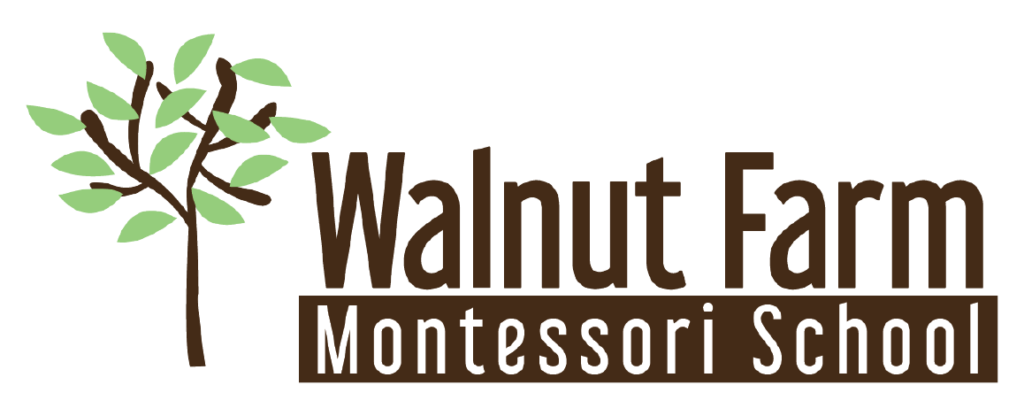Bringing Spanish Home
Working as a Spanish teacher at Walnut Farm has opened my mind to so many educative thoughts and plans. As a result, the Spanish program is in constant evolution and change. One of my school year objectives this year is to help you to bring Spanish home.
To give you a better understanding of how the Spanish program works in the Primary Program I´m going you give you a play by play:
– Children are invited by me. (I have a detailed record of each child and I group children of the same level so they can keep progressing) When weather permits we gather on the outdoor classroom porch; otherwise we meet in the Primary Building hallway.
– We always start our group lesson greeting one another. Hola, ¿Cómo estás? (Hi, how are you?) and we catch up about our week.
– We sing a song (I rotate them, most of all have a little dance or finger play involved).
– We read a book, play a game or I give a lesson.
– Depending upon the child, we color or write on a Spanish work page. This allows me to work one-on-one with every single child, making sure their pronunciation is correct and giving each one an opportunity to repeat what we’ve been learning.
– We say adiós y gracias (Goodbye and thank you.)
If your child comes home with a Spanish work page you can know that he or she had a lesson with me. This year I´m trying to write the Spanish words and also how to pronounce it in a very wacky-looking English, so give it a try and read it, let your child tell you how your pronunciation sounds!
One of the keys to learning a language is consistent exposure over time. A small amount of Spanish in different formats (even when you are not fluent or familiar) is valuable, and it does not have to be complicated or time-consuming. Here are some tools to help you.
Music in Spanish
Music is language glue. It puts words and sounds into a child’s brain, and they stick! You can watch music videos to provide context for the language. Not sure where to start? Try Baila Baila, Pica-Pica, Gallina Pintadita, and Rockalingua.
Bilingual Books
Bilingual books are a wonderful resource for exposing children to language, and you can use them in simple ways to teach your child Spanish.
You may choose to read the story in English and then identify key words in Spanish in the illustrations. You can also read the story in English and choose one key sentence on the page to read in Spanish.
It may seem intimidating to teach your child Spanish because a language is so big. It can be hard to know where to start, but keep in mind that a little Spanish at a time is a good way to learn, and some Spanish exposure is 100 times better than none. You can help teach your child Spanish by keeping it simple and fun.

